Uruguay: Montevideo
Diterbitkan: 10.03.2019
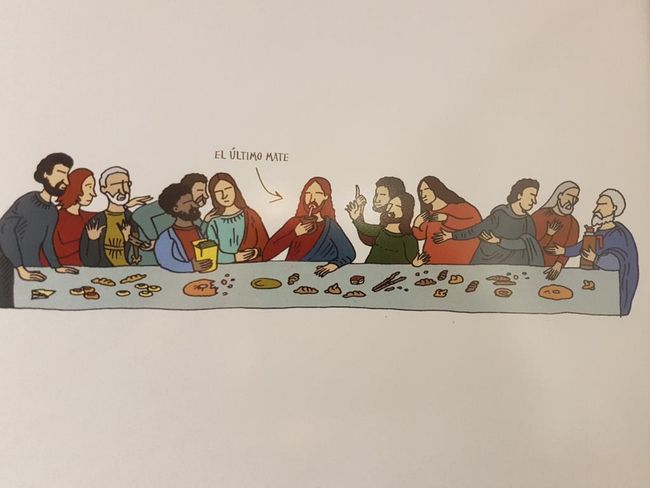
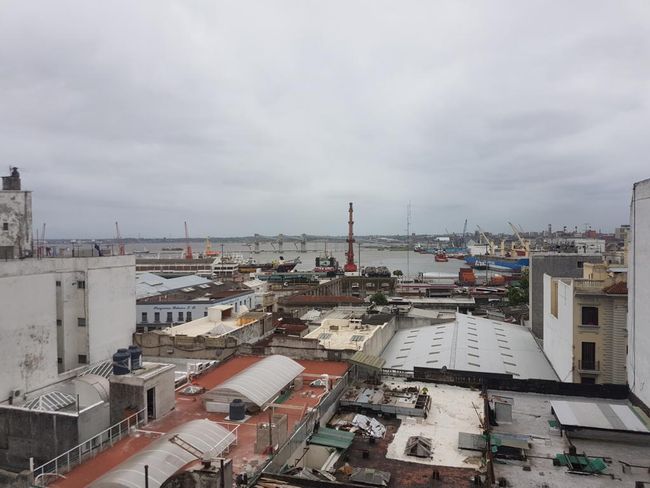
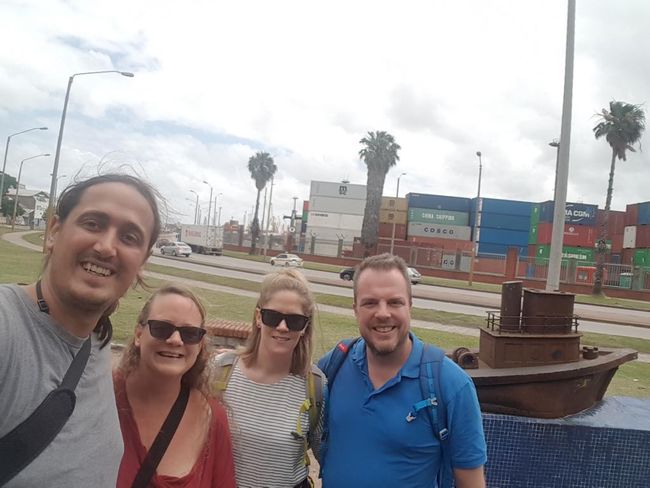
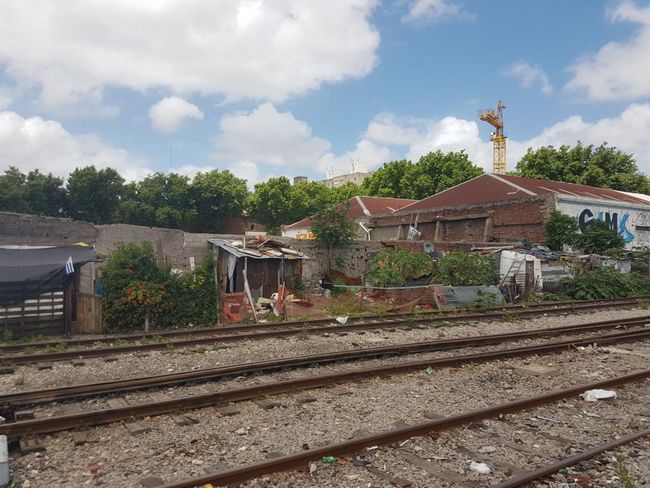
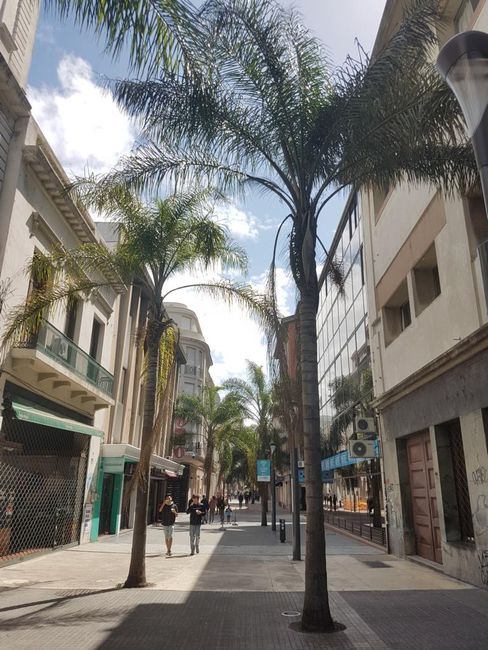
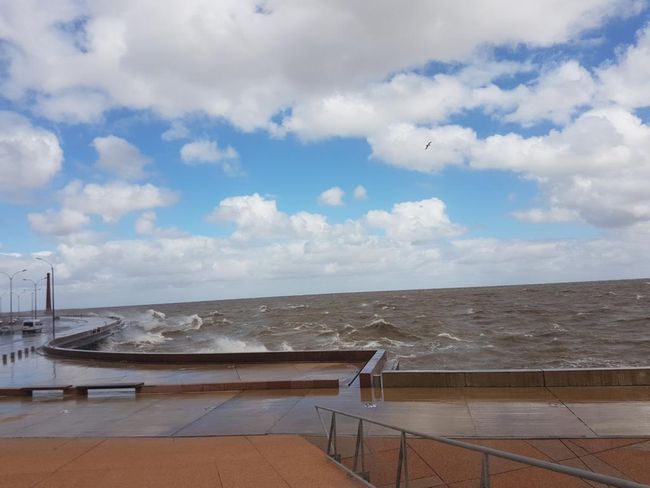
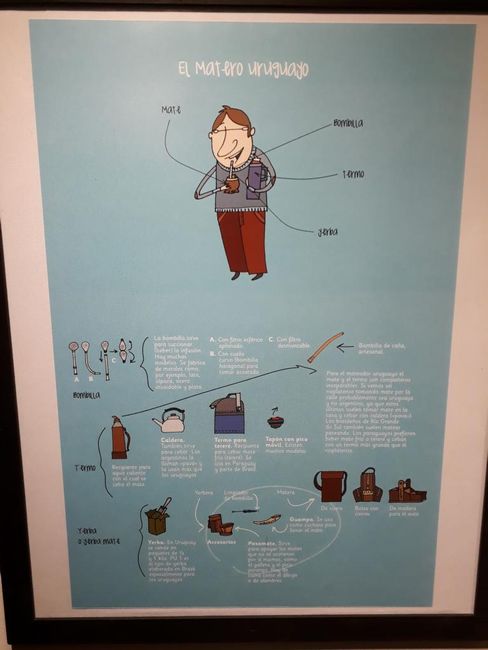
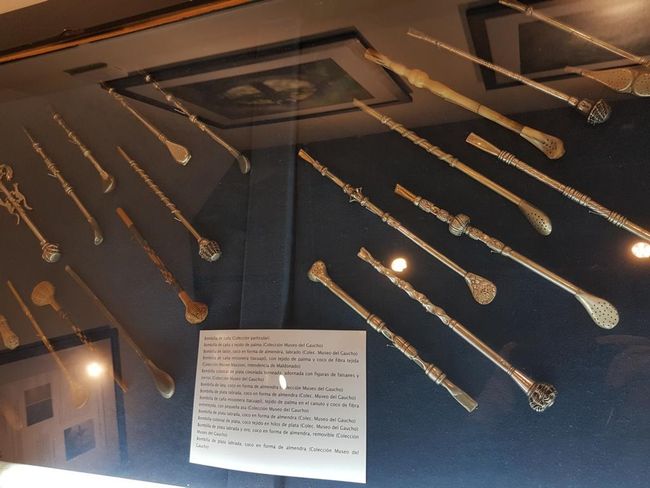
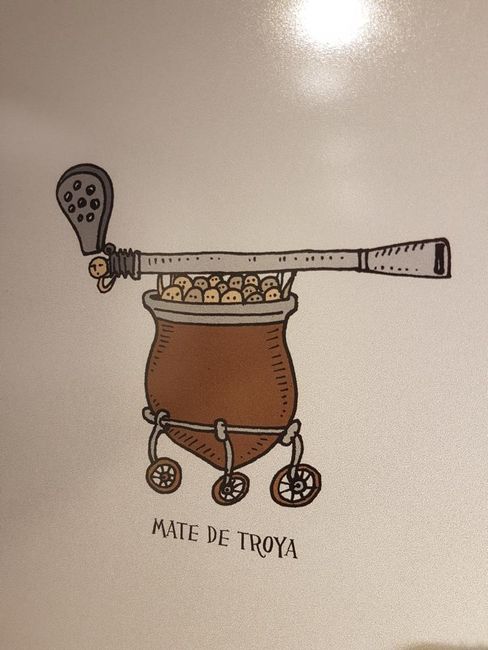
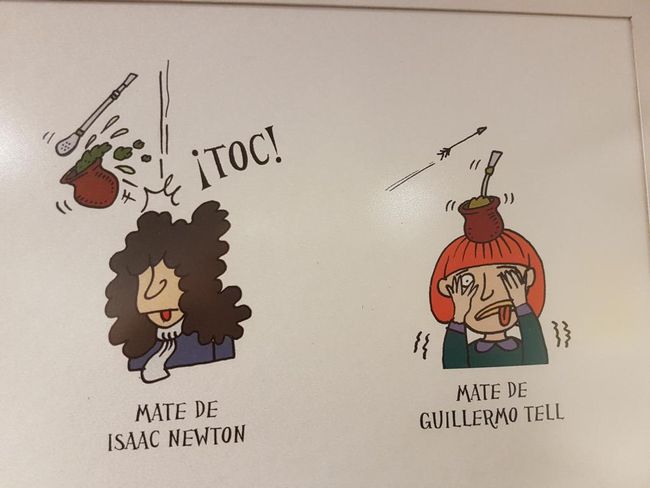
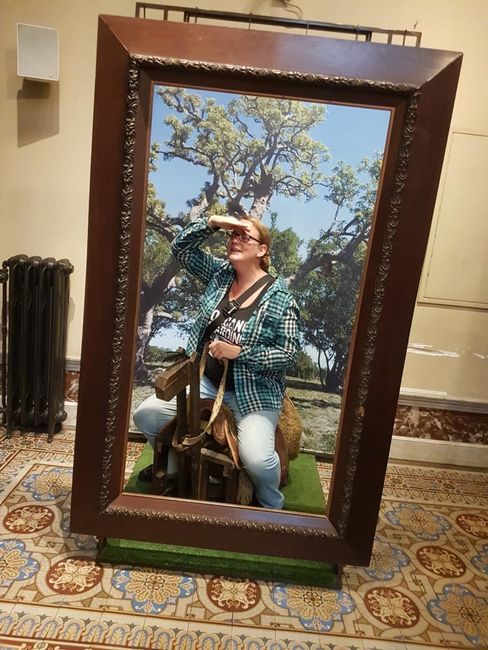
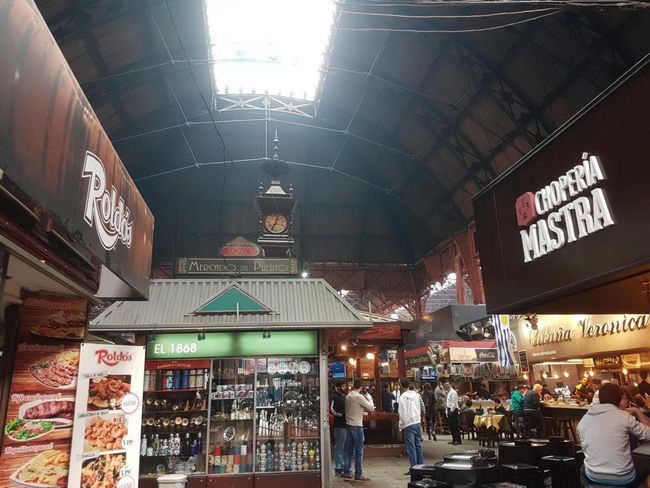
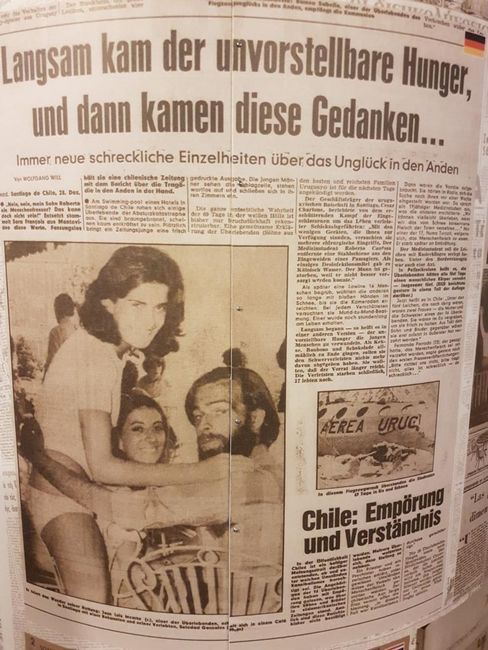
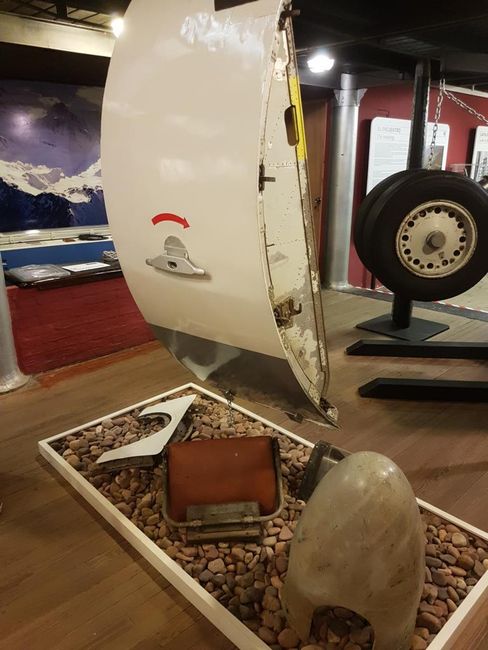
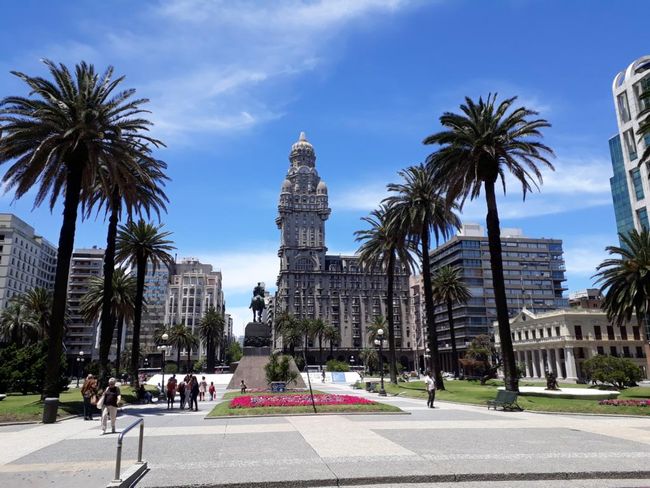
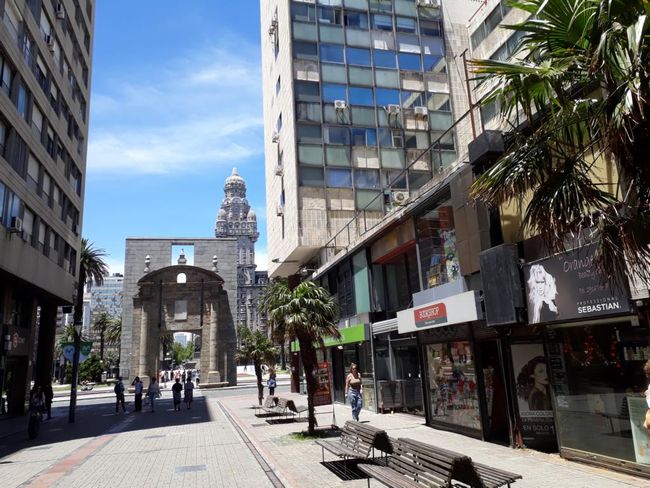
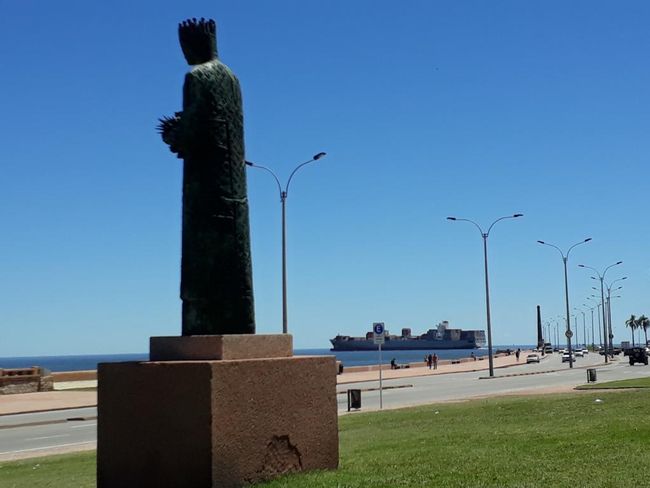
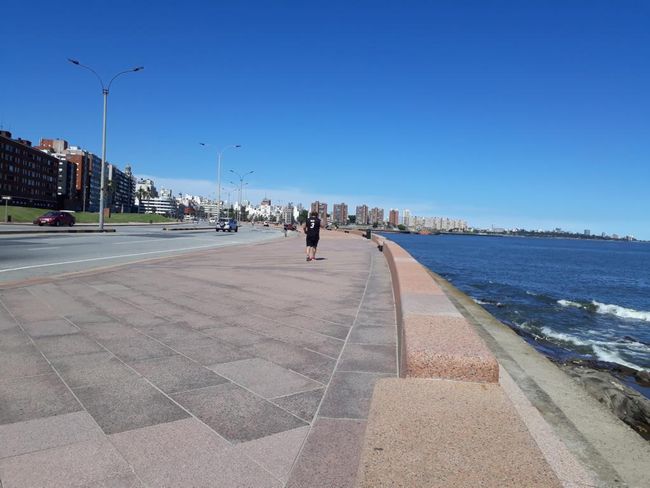
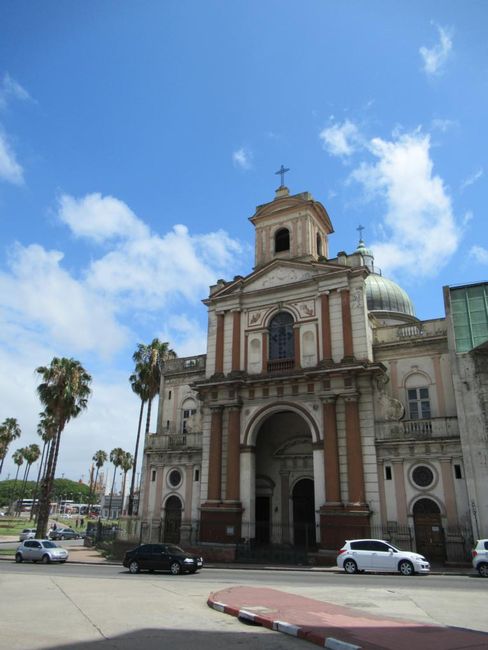
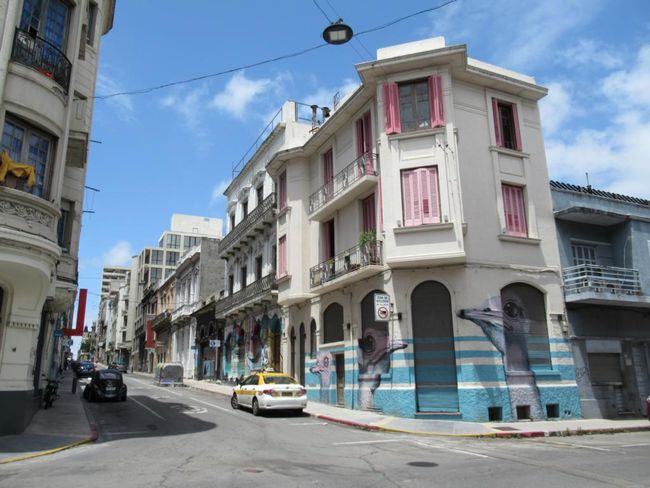
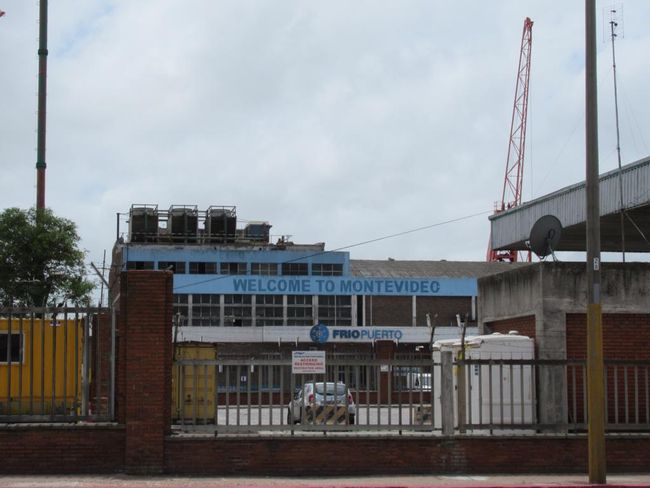
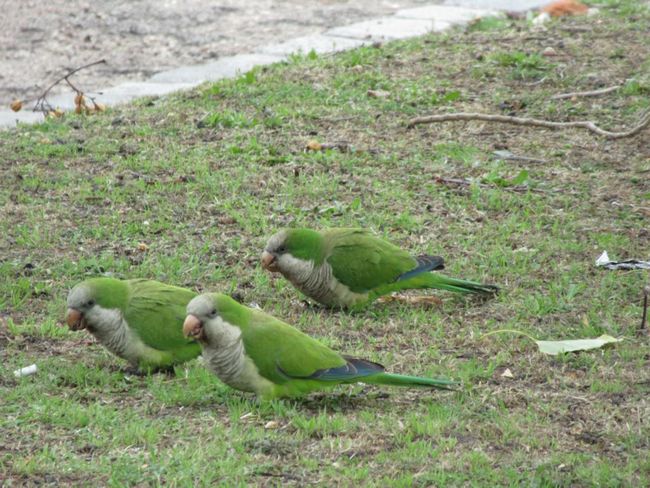
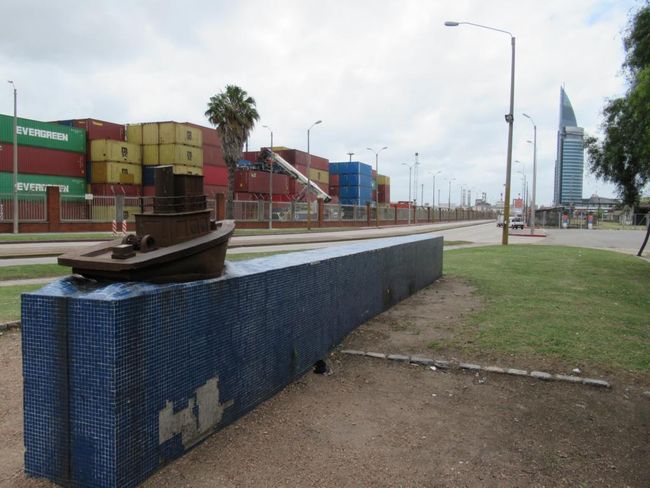
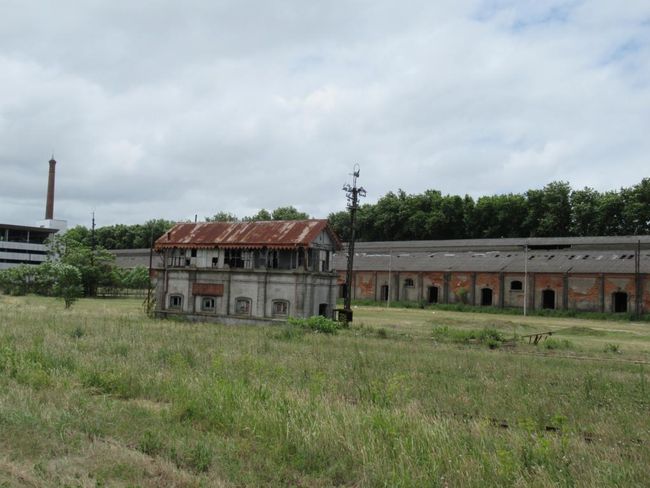
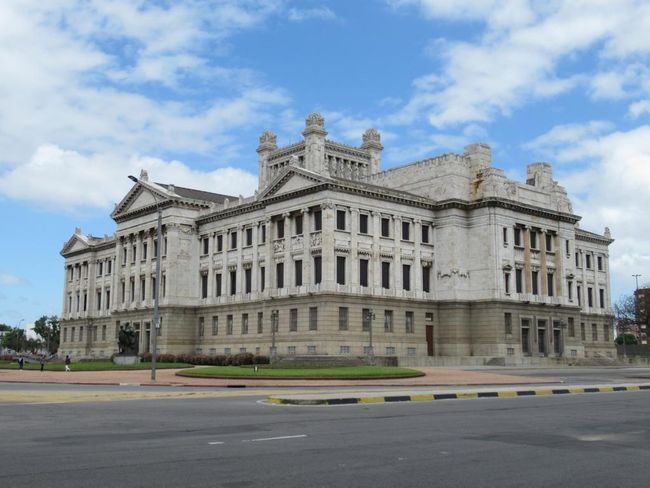
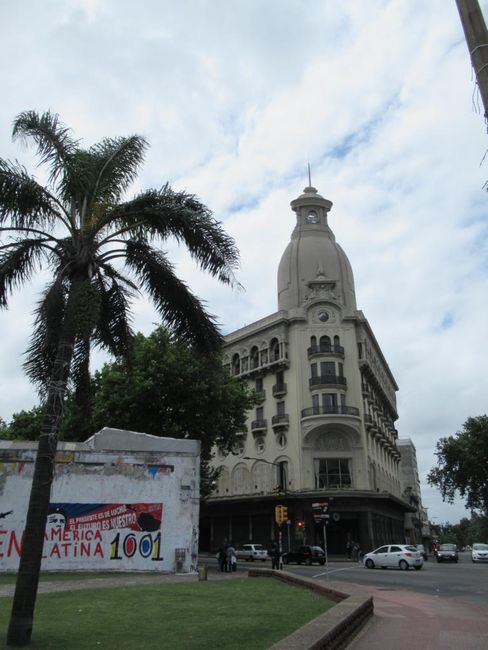
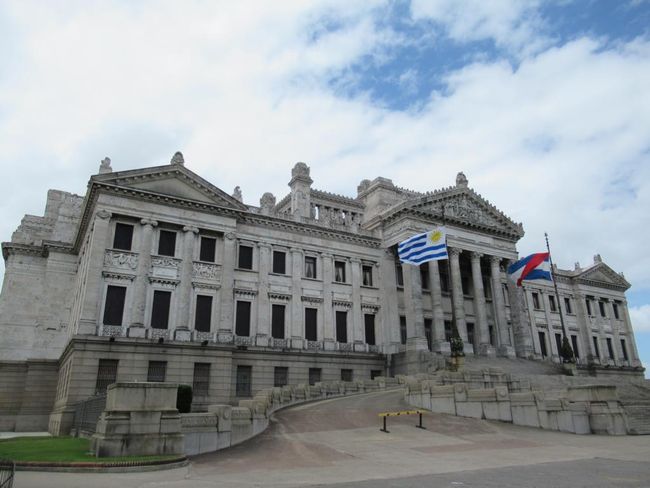
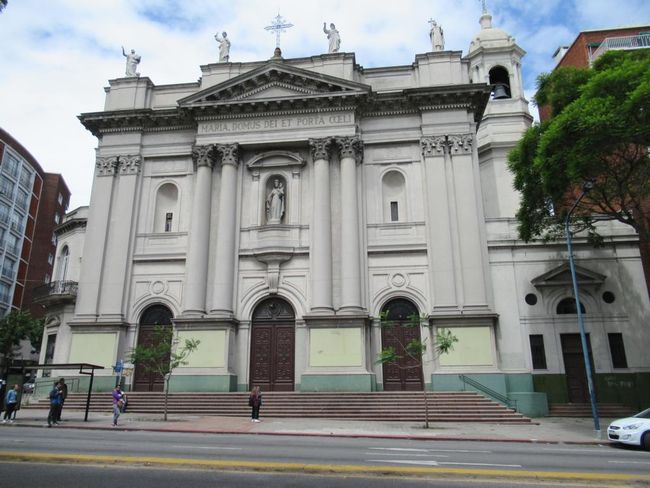
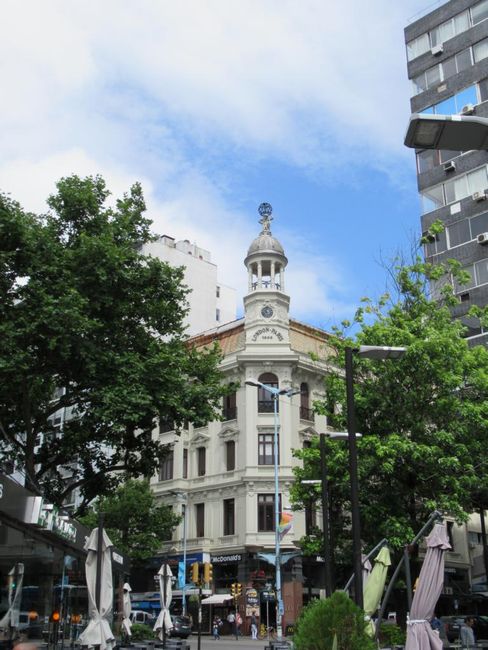
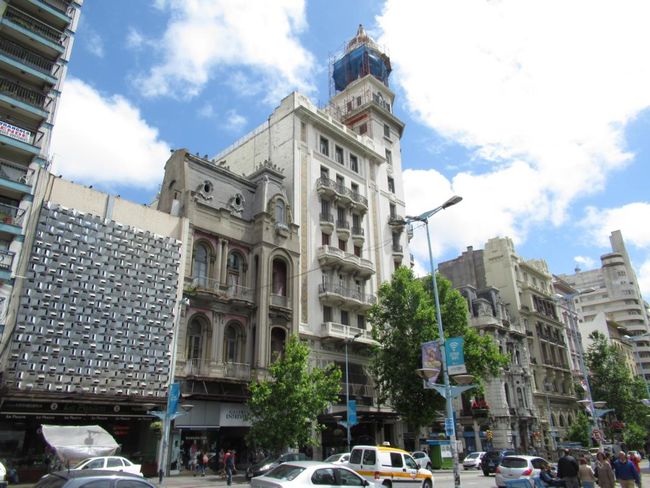
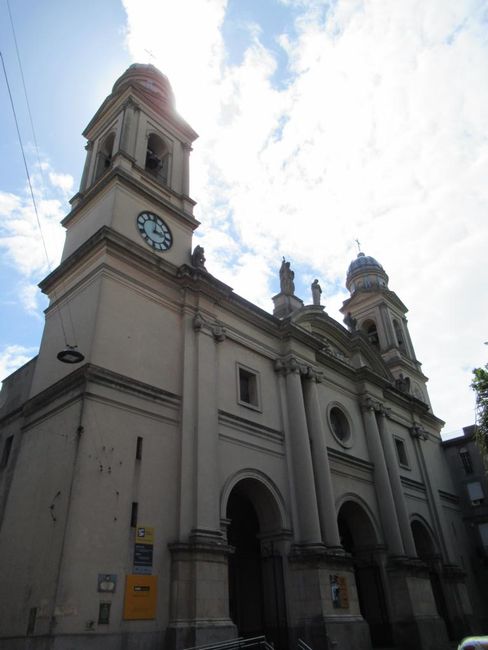
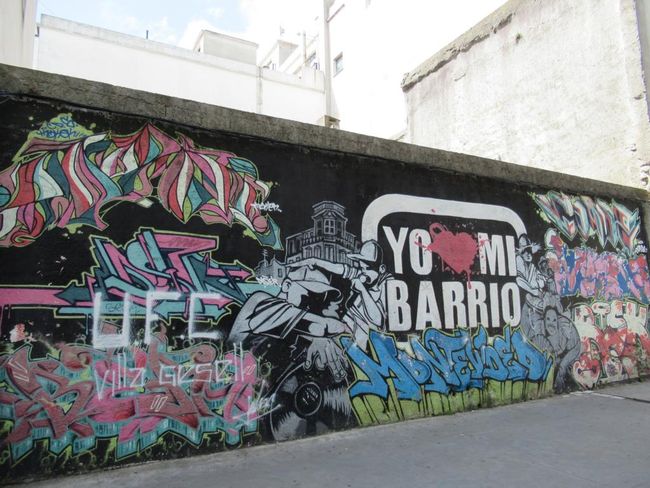
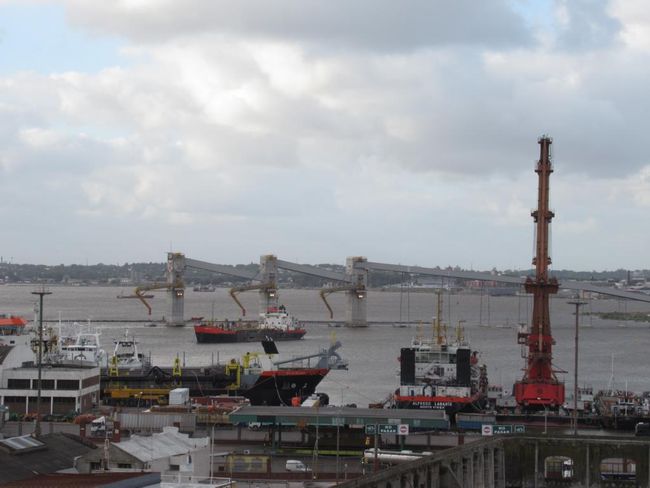
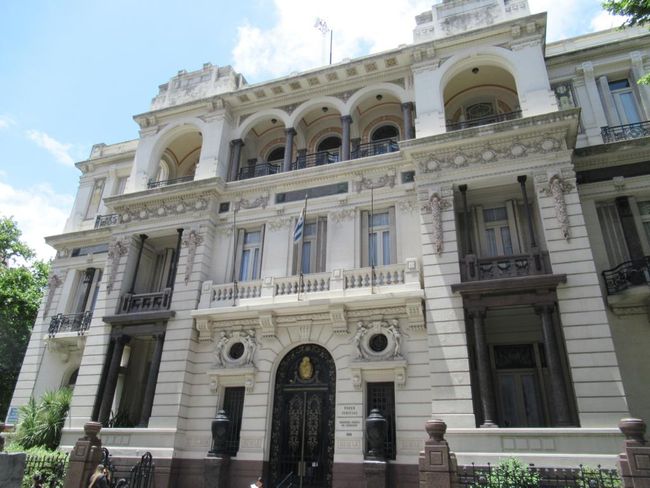
Berlangganan Newsletter
When you have been traveling for so long, you eventually stop planning ahead. We usually have a rough plan of what we want to see in a country and then plan the next 1-2 stops roughly in advance. When we left Iguazu, we didn't have a concrete plan. We wanted to go to Uruguay, that was clear. Originally, we had planned to visit the amethyst mines in Artigas, but we abandoned that plan after visiting Wanda. As an alternative, we initially thought about traveling to Salto, as the town is known for its thermal baths. So we booked an overnight bus to Concordia. The city is located in Argentina, on the border with Uruguay. On the other side of the Rio Uruguay river is Salto. On the way there, we encountered a police checkpoint, the first of many that awaited us in Argentina. The police ordered us to leave the bus with all our carry-on luggage. Outside, we had to line up and put our luggage on the ground in front of us. I was really sweating because we still had some coca tea from Bolivia with us. When the police officers told us to remove all the food from our carry-on luggage and consume it, Jorg and I looked at each other in disbelief for the first time. But we did as we were told. Then the dog came into play, sniffing all the bags. Strangely enough, the dog got nervous with the bag containing our ceramic parrots. Odd, because there was actually nothing in the bag except for the damn ceramic birds. Jorg and I were slightly nervous, not because we had anything to fear, but because we had specifically bought a lot of newspaper and tape to pack the birds somewhat securely and we imagined having to repeat the whole process if we had to unpack the birds. The police officer approached us and wanted to know what was in the two newspaper packages. We explained to him that they were souvenirs, ceramic birds. He took one of the birds in his hand, shook it, poked a small hole in the newspaper...and...gave it back to us...todo bien...pack it up, keep going! Jorg and I really had to hold back from laughing out loud. That was really a joke. Of course, we were not sad that we didn't have to unpack and repack the birds completely. But if I were a police officer and I did my job reasonably seriously, I would have definitely opened those two rather suspicious-looking newspaper packages and made sure what was inside. After all, they could have easily been filled with drugs. Wouldn't you think so?
Well then, the journey continued and after several hours we arrived in Concordia in the early morning. We stayed here for one night and explored the town in the afternoon. There is not much to see in the city, except for the usual central square with a statue, a church, and some nice buildings. However, due to the heat, we had lost our desire for thermal baths. For a short time, we even considered going to Tacuarembo, which is located inland. It is possible to stay on an estancia there. We had even inquired at two places, but we received the information from both of them only that morning that they were fully booked until mid-January. Great. So what now? We decided impromptu to travel directly to Montevideo, since we had no better ideas. Said and done. We took a taxi from Concordia to Salto and took the next bus to Montevideo from there. The journey took about 7 hours. Suddenly, on the way, it occurred to me that a fellow student of mine, Raphi, had just set off a few days ago with his newlywed wife Anita on their one-year trip to South America, which was supposed to start in Montevideo. So I wrote to him, and indeed, they were still there because they were still waiting for their car, which they had shipped there. We had exchanged messages on Facebook before, saying that we might meet somewhere, but no one expected it to happen so quickly.
After finally arriving in Montevideo, we managed to get our luggage to the hotel and headed to the agreed meeting point. We were repeatedly assured how safe Montevideo was, and that we didn't have to worry at all. Hmm. But strangely enough, all the taxi drivers had a partition with a glass window separating the passenger compartment from the driver's compartment, and only a tiny flap served as a connection to pass the fare through. Really makes a very safe impression here, indeed. We had never seen anything like that in all of South America. In Ecuador back then, there were cameras and emergency buttons in taxis that could alert the police in case of danger.
We spent a cheerful evening in a wine bar with Raphi, Anita, and other acquaintances from Austria and Holland. After a few glasses of wine, we moved on to dinner at the restaurant El Mercat just across the street. It was there that we also met Lili and Roberto. Lili is from Lucerne and had come to Montevideo two years ago on a longer trip, where she met and fell in love with Roberto, and eventually stayed and now works with him in his very successful restaurant. We would come here several more times. Unfortunately, the specialties of the house are fish dishes, so there wasn't much choice for me on the menu. There was steak, steak, and more steak. But the steak was good. :-) It was definitely a fun evening, we sat there long after closing time, chatting and having more wine.
The next morning, we had arranged to meet Raphi and Anita to explore the city a bit. We wandered around the port area and the old town and took in the sights. In the afternoon, Anita said she was exhausted (maybe it had something to do with the wine from the day before?) and wanted to rest in the hotel for a bit. So we arranged to meet again for dinner, as Jorg and I planned to move on the next day, while Raphi and Anita wanted to prepare their car for the big trip ahead. By now, the car had cleared customs. So Jorg and I went out on our own for a bit until it was time for dinner.
First, we visited the Museo del Gaucho to learn more about the Gaucho culture in Uruguay and Argentina. Gauchos are "mounted cattle herders of the South American Pampas". Their heyday was in the 19th century. Folklore has romanticized them, much like the American cowboys.
After visiting the museum, we didn't know much more about this myth, but it was still quite entertaining, although not particularly time-consuming. The museum is located in a beautiful, richly decorated palace. The main exhibits are mate utensils, the typical drinking vessels and bombillas with which Uruguayans drink their beloved yerba mate. Remember, we had already seen the same thing in Paraguay, except here the drink is hot, not iced. Otherwise, the main difference is the size of the thermos and the drinking vessel. In Paraguay, they had 2.5-liter thermos flasks with a pump, while here they have smaller thermos bottles. The cold terere was drunk from cups made of alpaca silver, while mate is typically consumed from drinking vessels made of a type of nut or wood. The typical pose: the thermos bottle clamped under the arm, in the same hand, the cup with the bombilla. Uruguayans always have only one hand free to do something. There were also some funny cartoons on display, reflecting the importance of tea in the country's society in a humorous way, as well as instructions on how to prepare it.
Otherwise, you can see various horse harnesses in the museum, as well as typical clothing and tools of the gauchos.
We visited the Museo de los Andes, which documents the plane crash that occurred in the Andes in 1972. The plane crashed on October 13, 1972, on a mountainside in the Andes at an altitude of 4,000m. There were 40 passengers on board, who were members of a Uruguayan rugby team, as well as 5 crew members. Of the 45 people on board, 12 died during or immediately after the crash. Another 5 died on the first night because of the arctic temperatures at the crash site, reaching as low as -40°C. The remaining part of the fuselage of the airplane wreck served as a protective shelter for the survivors. On the eighth day, the survivors heard on a small radio that the search had been called off and they had been officially declared dead. There was no longer any hope of rescue, the injured could not be properly treated, there was no suitable clothing for the weather conditions, and the food soon ran out. Other group members died from their injuries or avalanches. After the food was consumed and there were no animals or vegetation, the remaining survivors were forced to eat the frozen meat of the victims of the plane crash. Raw. Imagine that. How hopeless the situation must have been until one comes up with the idea and can overcome oneself to eat one's friends, possibly even family members.
The survivors repeatedly went on expeditions in different directions, which were unsuccessful, until eventually some group members met a shepherd after a long march through the ice desert, who provided them with food and raised the alarm. After 72 days in the ice, 16 of the 45 airplane passengers were rescued. The events have since become known as "the Miracle of the Andes".
The museum was really well done and incredibly moving. There aren't many exhibits, some clothing and even some airplane parts. But there is a lot of reading material about the passengers, the causes and background of the crash, as well as a timeline of events and maps of the expeditions that the survivors undertook in the hope of rescue. There are newspaper articles from all over the world that reported on the drama. And the topic of cannibalism is addressed. Many condemned the survivors at the time for their actions. But honestly, who wouldn't have done the same in that situation? It's always easy to pass judgment from your own well-heated living room with an adjoining kitchen with a stocked fridge. But who really knows what it would be like to be in the ice for 72 days, knowing full well that the whole world thinks you're dead and that no one is looking for you anymore? Terrible...
One old lady who worked at the museum particularly stuck in my memory. We briefly talked to her, and she said it was so unusually cold at this time of year this year. It didn't feel like Christmas at all with this cold. And mind you, it was 26°C. Upside-down world...
In the evening, as agreed, we went out to dinner again with Raphi and Anita before saying goodbye and wishing each other a good onward journey. For them, it was the beginning of their great adventure, while we had already been in the middle of ours for a long time...
The next day, we temporarily said goodbye to Montevideo, as we would actually return here several times. Although we weren't aware of that at the time. But now it was time to go to Punta del Este!
Berlangganan Newsletter
Menjawab
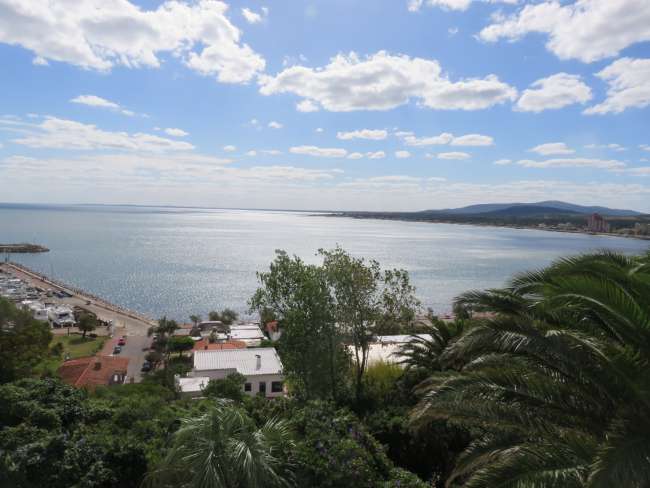
Laporan perjalanan Uruguay

